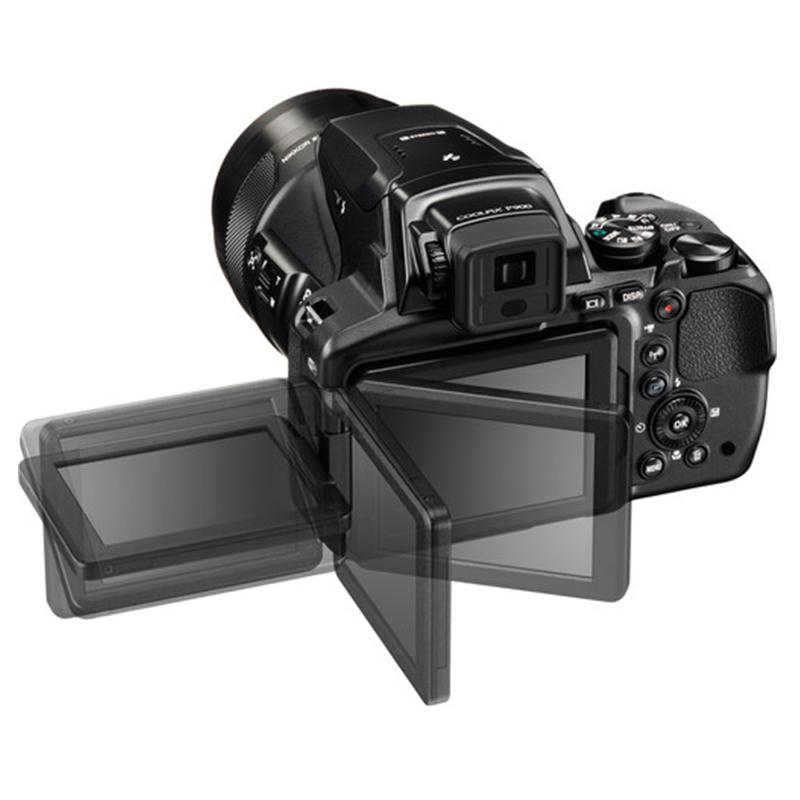
and the Epson Corporation merged to form Seiko Epson Corporation. In November 1985, Suwa Seikosha Co., Ltd.
User manual for nikon p900 portable#
In July 1982, Shinshu Seiki officially named itself the Epson Corporation and launched the world's first handheld computer, HX-20 (HC-20), and in May 1983 the world's first portable color LCD TV was developed and launched by the company. It was soon described in the company's advertising as the best selling printer in the United States. After two years of further development, an improved model, the MX-80 (MP-80), was launched in October 1980. In June 1978, the TX-80 (TP-80), eighty-column dot-matrix printer was released to the market, and was mainly used as a system printer for the Commodore PET Computer. was established to sell printers for Shinshu Seiki Co. In April of the same year Epson America Inc. (EPSON:E-P-SON: SON of Electronic Printer). In June 1975, the name Epson was coined for the next generation of printers based on the EP-101 which was released to the public. In September 1968, Shinshu Seiki launched the world's first mini-printer, the EP-101 ("EP" for Electronic Printer,) which was soon incorporated into many calculators. When the Seiko Group was selected to be the official time keeper for the 1964 Summer Olympics in Tokyo, a printing timer was required to time events, and Shinshu Seiki started developing an electronic printer. as a subsidiary to supply precision parts for Seiko watches. In 1961, Suwa Seikosha established a company called Shinshu Seiki Co. Although Seiko Holdings and the key members of the Hattori family still hold approximately 10% of the outstanding shares of Seiko Epson, the company is managed and operated completely independently from Seiko Holdings. The company became public in 2003 and is one of 225 companies in the Nikkei Stock Average. The watches made by the company are sold through the Seiko Watch Corporation, a subsidiary of Seiko Holdings Corporation. The watch business is the root of the company’s micromechatronics technologies and still one of the major businesses for Seiko Epson today although it accounts for a few percent of total revenues. In particular, it developed the world's first portable quartz timer (Seiko QC-951) in 1963, the world's first quartz watch ( Seiko Quartz Astron 35SQ) in 1969, the first automatic power generating quartz watch (Seiko Auto-Quartz) in 1988 and the Spring Drive watch movement in 1999. The company has developed many timepiece technologies.


In 1959, the Suwa Factory of Daini Seikosha was split up and merged into Daiwa Kogyo to form Suwa Seikosha Co., Ltd: the forerunner of the Seiko Epson Corporation. In 1943, Daini Seikosha established a factory in Suwa for manufacturing Seiko watches with Daiwa Kogyo. The company started operation in a 230-square-metre (2,500 sq ft) renovated miso storehouse with 22 employees.

Daiwa Kogyo was supported by an investment from the Hattori family (founder of the Seiko Group) and began as a manufacturer of watch parts for Daini Seikosha (currently Seiko Instruments).

which was founded in May 1942 by Hisao Yamazaki, a local clock shop owner and former employee of K. The roots of Seiko Epson Corporation go back to a company called Daiwa Kogyo, Ltd. Epson America headquarters in Los Alamitos, California Origins


 0 kommentar(er)
0 kommentar(er)
